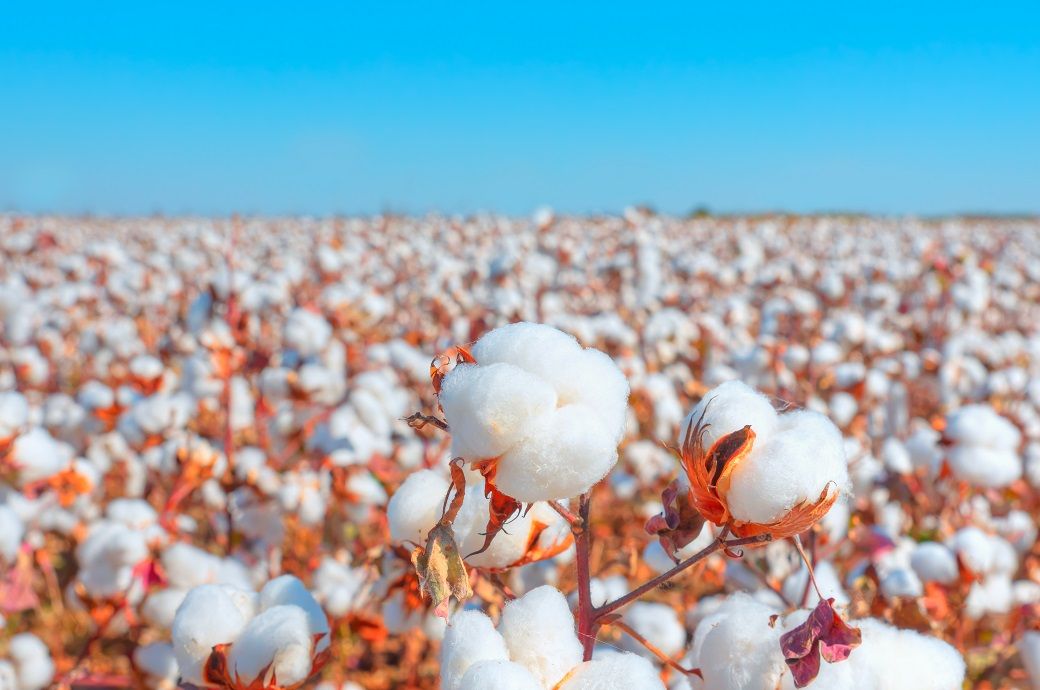
The first half of September witnessed notable price fluctuations in the Brazilian cotton market, largely due to disagreements between purchasers and sellers regarding the fair pricing of cotton, resulting in low liquidity in the market. The current situation saw limited transactions, undertaken primarily to address urgent demands and replenish existing inventories, according to a report from the Center for Advanced Studies on Applied Economics (CEPEA).
Between August 31 and September 15, there was a decrease in the CEPEA/ESALQ Index for cotton, dropping by 1.26 per cent to register at BRL 3.9964 per pound as of September 15. This period was marked by sellers’ reluctance to reduce their asking prices, as they were preoccupied with the end of the harvest season and focused on processing cotton. The priority was given to the deliveries of previously made purchases, and an underlying concern remained regarding the escalating freight costs and mounting delays at ports.
On the other hand, buyers showcased an interest in procuring smaller cotton quantities, given that many had sufficient stockpile and were still receiving previously ordered shipments. The BBM data reveals that contracts for the 2022-23 crop year cater to 62 per cent of the total estimated industry demand, accounting for 690 thousand tons, CEPEA said in its latest fortnightly report on the Brazilian cotton market.
In a recent update, ABRAPA, the Brazilian Association of Cotton Producers, reported that as of September 8, 94 per cent of the 2022-23 national cotton crop had been harvested, with 40 per cent having been processed. There is an anticipation of a bumper harvest this season, with CONAB, the National Company for Food Supply, upping its estimate for the Brazilian cotton output by 3.94 per cent in a monthly comparison and 23.3 per cent year-on-year to a record 3.15 million tons.
The cultivated area saw an increase, expanding to 1.664 million hectares, 4 per cent more than the last season and a slight increment of 0.31 per cent from the August predictions. This season is expected to bring forth a record productivity level, anticipated to be 18.6 per cent higher than the last season at 1,893 kg/hectare, a historical peak.
Taking into account initial inventories, current season output, and imports, Brazil's domestic availability of cotton is estimated to reach 4.47 million tonnes this year. Of this amount, CONAB (Brazil's National Company for Food Supply) projects that industrial consumption will amount to 690,000 tons. As a result, Brazil is set to have an unprecedented surplus, estimated at 3.78 million tons. If exports this year do not exceed 1.7 million tons, Brazil will have record-high ending stocks by December 2023, surpassing two million tons.
This situation could exert downward pressure on cotton prices within Brazil. Conversely, it might enable the country to supply larger volumes to the international market, especially as the supply from the United States is expected to diminish. Consequently, by 2024 or 2025, Brazil could become the world's leading exporter of cotton.
ALCHEMPro News Desk (KD)
Receive daily prices and market insights straight to your inbox. Subscribe to AlchemPro Weekly!